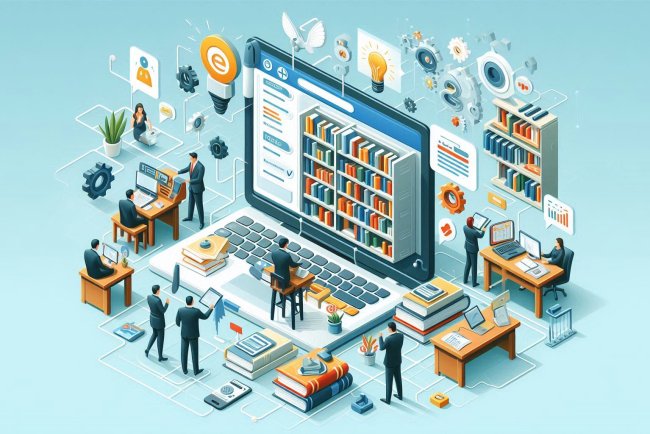Data Monetization
Unlock the hidden value of your data with Data Monetization strategies. Learn how to generate revenue and drive business growth through data insights.

Data Monetization
Data monetization is the process of converting data into value, typically in the form of revenue or business benefits. In today's data-driven world, organizations are increasingly looking at ways to leverage their data assets to generate additional income streams or improve their operations. Data monetization can take many forms, from selling raw data to third parties, to using data insights to optimize internal processes and decision-making.
Types of Data Monetization
There are several common approaches to data monetization:
- Data Selling: Organizations can sell their data to third parties, such as marketing firms, researchers, or other businesses. This can include selling raw data sets, aggregated data, or data insights and analytics.
- Subscription Services: Organizations can offer data products or services on a subscription basis. This can include providing access to a data platform, data analytics tools, or regular data updates and reports.
- Advertising Revenue: Organizations can monetize their data by using it to target advertising and marketing campaigns more effectively. By leveraging data insights, organizations can deliver more personalized and relevant ads, increasing the value of their advertising inventory.
- Product Development: Data can also be leveraged to inform product development and innovation. By analyzing customer data and market trends, organizations can identify new product opportunities or optimize existing offerings.
- Operational Efficiency: Data can be used to optimize internal processes and decision-making, leading to cost savings and improved efficiency. By analyzing operational data, organizations can identify areas for improvement and implement data-driven solutions.
Challenges of Data Monetization
While data monetization offers significant opportunities, it also comes with challenges that organizations need to address:
- Data Privacy and Security: Organizations must ensure that they are compliant with data privacy regulations and that customer data is protected from breaches and unauthorized access.
- Data Quality: The quality of data is crucial for effective data monetization. Organizations need to invest in data governance and quality assurance processes to ensure that their data is accurate, reliable, and up-to-date.
- Data Integration: Many organizations struggle with siloed data sources, which can hinder their ability to derive valuable insights from their data. Data integration and data management are essential for successful data monetization.
- Talent and Skills: Data monetization requires a skilled workforce with expertise in data analytics, data science, and data engineering. Organizations may need to invest in training or hiring to build the necessary capabilities.
- Monetization Strategy: Developing a clear strategy for data monetization is essential. Organizations need to identify their data assets, target market, pricing model, and value proposition to maximize the value of their data.
Best Practices for Data Monetization
To succeed in data monetization, organizations should follow these best practices:
- Understand Your Data: Start by identifying and understanding your data assets. What data do you have, and how can it be used to create value?
- Define Clear Goals: Establish clear goals for your data monetization strategy. What are you trying to achieve, and how will you measure success?
- Ensure Data Quality: Invest in data quality processes to ensure that your data is accurate, reliable, and up-to-date. Data governance and data management are key components of successful data monetization.
- Comply with Regulations: Stay up-to-date with data privacy regulations and ensure that your data monetization practices are compliant with legal requirements.
- Build Analytical Capabilities: Develop the necessary analytical capabilities within your organization to derive valuable insights from your data. This may involve hiring data scientists, data analysts, or investing in training programs.
What's Your Reaction?

















